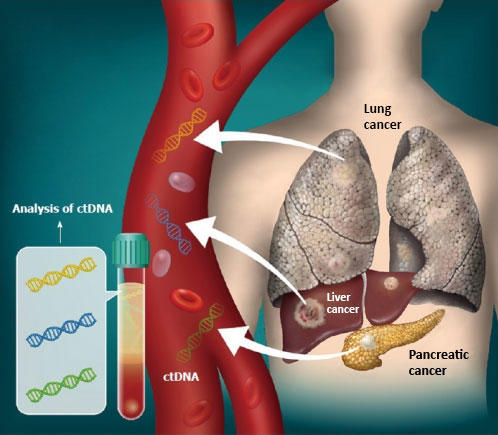Streptococcus pyogenes or invasive Group A Streptococcus (iGAS) is a major clinical concern around the world, since iGAS infections can quickly escalate into life-threatening conditions such as necrotizing fasciitis, septic shock, and pneumonia. In recent years, scientists have noticed that the prevalence of various pathological strains of iGAS has been evolving. Before the COVID-19 pandemic, the prevalent strain in Western Europe was Emm1. However, in the last five years, a potentially more virulent strain called M1uk has been seen in several European countries. It is not clear whether public health systems need to change their response to iGAS infections in the face of these developments.
To understand the evolving epidemiology of iGAS infections, researchers from Spain and France conducted a retrospective study of 68 patients admitted with iGAS to the ICU of Donostia University Hospital between 2010 and 2024. This research project was led by Dr. Milagrosa Montes, Dr. Loreto Vidaur, and Dr. Jordi Rello, as part of the interdisciplinary project on Pneumonia from the Centro de Investigacion Biomedica en Red de Enfermedades Respiratorias (CIBERES), Spain. Their findings were made available online on September 1, 2025 and will be published in an upcoming issue of the Journal of Intensive Medicine.
The team documented waves of infections with peaks in 2014, 2019, and 2023, and sharp declines during 2020–2021, associated with the mitigation strategies for COVID-19. A key finding was the distribution of different serotypes. While emm1 was the most frequently isolated strain, the study also documented a range of serotypes associated with both respiratory and soft tissue infections. Monitoring this diversity is crucial, as shifts in dominant strains may alter the efficacy of potential vaccines that target limited serotype groups.
Dr. Montes explained: "Although emm1 remains the most common in our ICU population, the presence of other serotypes highlights the need for ongoing vigilance. Serotype diversity matters because it can influence not only outbreak dynamics but also it can affect the effectiveness of vaccine candidates that target limited serotype groups"
As seen in other countries, the highly toxigenic M1uk lineage became prevalent in recent years and was found in 85% of patients treated for iGAS in 2023. Internationally, this variant has raised concern due to its role in pediatric scarlet fever outbreaks. Yet, the team found that M1uk does not worsen prognosis in critically ill adults.
"M1uk patients tended to be older, but their mortality rates were similar to those infected with other strains," said Dr. Vidaur. "This finding reassures both clinicians and policymakers: the rise of M1uk does not translate into higher death rates in ICU settings."
Perhaps the most clinically relevant result of the study concerns clindamycin. Early clindamycin administration, in combination with beta-lactams, suppressed streptococcal toxin production and was associated with significantly better outcomes. This practice became routine after the COVID-19 pandemic, reducing median clindamycin administration time from 24 hours to just 1 hour after admission. Mortality rates fell accordingly.
Conversely, patients who did not receive clindamycin promptly faced up to five times greater ICU mortality. "Ensuring that clindamycin is part of the first-line emergency treatment for suspected iGAS should be a priority," stressed Dr. Rello.
Improvements in treatment protocols brought down overall mortality from 25.5% in the pre-pandemic years to 10% after 2022, despite changes in serotype distribution. This highlights the need for maintaining robust epidemiological surveillance of circulating strains and prioritizing timely, evidence-based treatment. While the diversity of S. pyogenes serotypes may reduce the potential effectiveness of vaccines in development, continuous surveillance and immediate clindamycin administration remain the most effective interventions to monitor spread and reduce mortality.
"This research reminds us that vigilance must be twofold," concluded Dr. Vidaur. "We must continue to monitor serotype evolution for public health reasons, but at the patient level, the speed and appropriateness of treatment remain the decisive factors."
By combining epidemiological awareness with prompt therapeutic action, clinicians can continue to improve survival in one of the most dangerous bacterial infections in critical care medicine.






